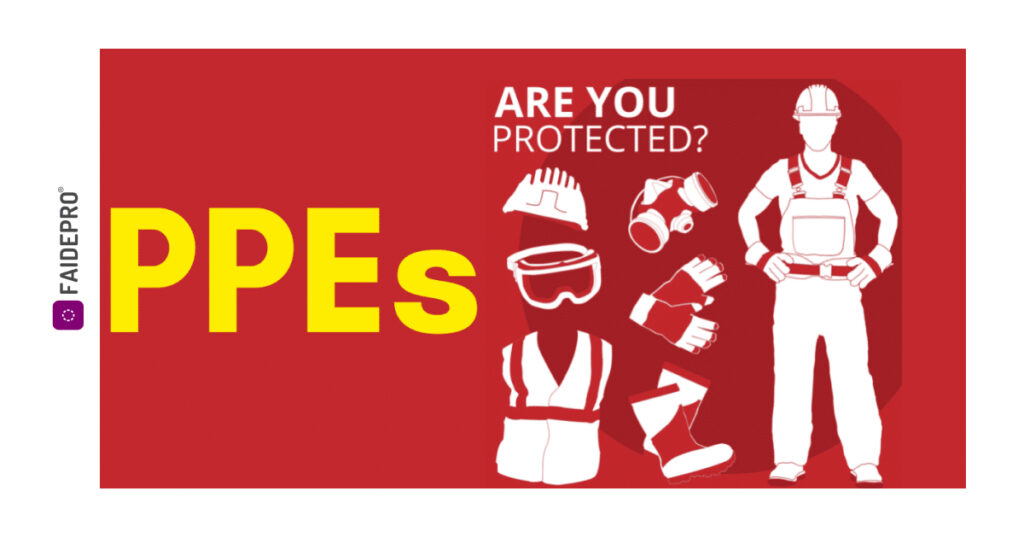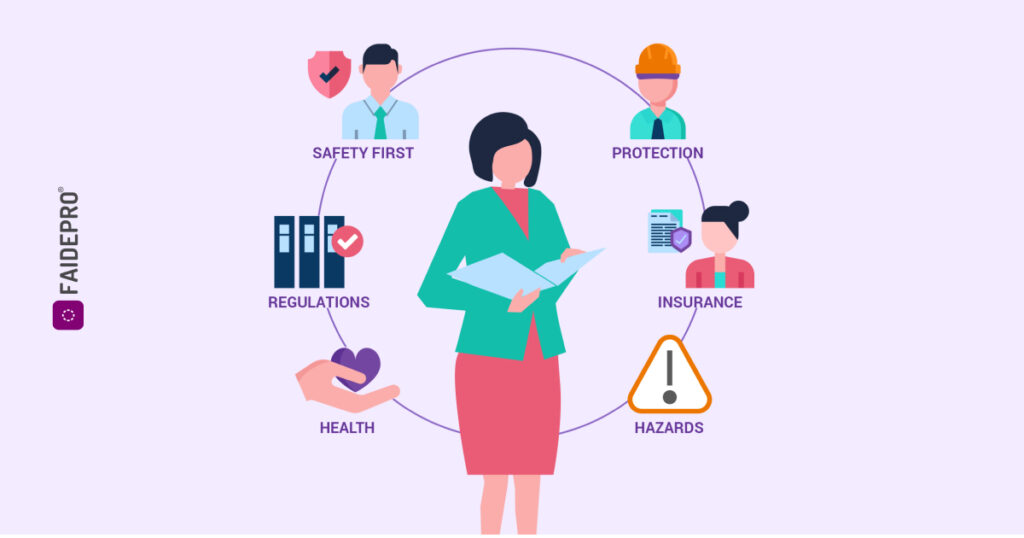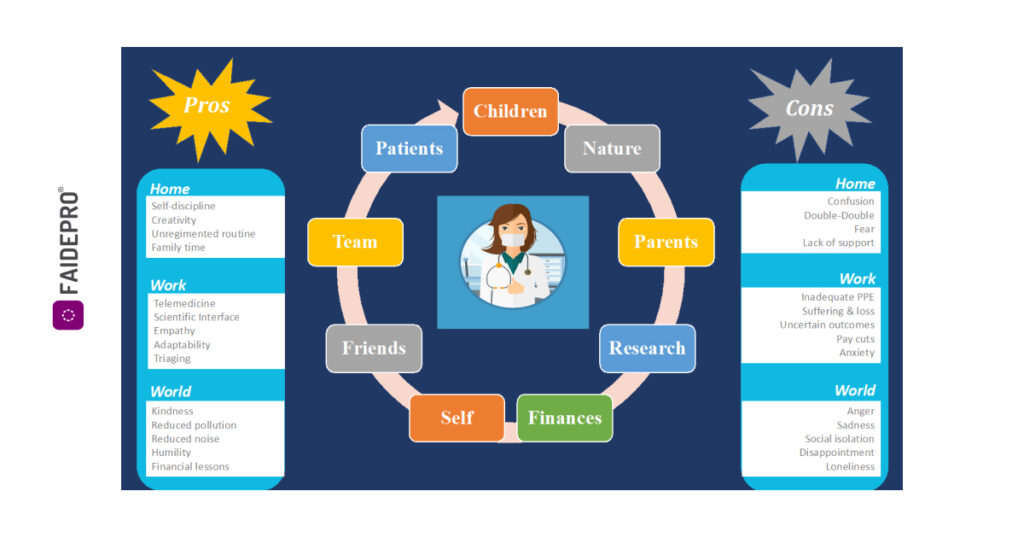COVID-19 is the illness that is caused by the novel coronavirus, SARS-CoV-2. It can cause a variety of symptoms, such as fever, cough, and loss of smell and taste. Some people who develop COVID-19 experience a mild illness with few symptoms while others can become seriously ill. While you have likely heard a lot about the more severe symptoms, you may be wondering what mild or moderate COVID-19 is like.
Coronaviruses are a family of viruses, but this is a new coronavirus, officially called SARS CoV-2. This novel coronavirus also called COVID- 19, which first surfaced in Wuhan, China, at the end of 2019 and was transmitted to humans from an animal source. Experts are learning about the different ways it affects people. As cases rise around the world—COVID-19 is now a pandemic—questions abound. Companies that provide healthcare services are conducting various researches in order to understand the various symptoms in order to handle the covid-19 pandemic.
Over the past year people all over the world has faced a new pandemic that is caused due to the outbreak of the coronavirus, also known as the covid-19 virus. This is a newly encountered virus to the human population. Although people all over the world are following various tips and tricks to stay away from covid, but there are many facts about the virus that is still unknown.
what is exactly coronavirus disease?

Coronavirus is a disease caused by the SARS-Covid 2 virus or the coronavirus. It is a kind of virus that infect your sinuses, nose or upper throat. Although most of the coronaviruses are not dangerous but this COVID-19 variant of coronavirus could be fatal if not treated rightly on time with proper medication and medical attention. In early 2020, after the outbreak of the coronavirus in December 2019 outbreak in china, the world health organisation (WHO) has identified and declared the SARS-CoV-2 as a new type of coronavirus.
The difference this time was that this outbreak quickly spreader across the world. The doctors suggest that the COVID-19 infection caused by the SARS-Cov-2 can trigger a response that can probably cause a respiratory tract infection. It can affect your upper respiratory tract sinuses, nose, and throat or lower respiratory tract windpipe and lungs. SARS-CoV-2 is one of seven types of coronavirus, including the ones that cause severe diseases like the Middle East respiratory syndrome (MERS) and sudden acute respiratory syndrome (SARS).
The other coronaviruses cause most of the colds that affect us during the year but aren’t a serious threat for otherwise healthy people. It can affect your upper respiratory tract sinuses, nose, and throat or lower respiratory tract windpipe and lungs.
How does the COVID-19 spread from one person to another?

Covid-19 is likely to spread from one person to another in the form of respiratory droplets or the air soles which are released into the air by an infected person. Whenever an infected person coughs, sneezes, talks or sings or even breath near an uninfected person or within the proximity of within six feet is understood as the main way through which the COVID-19 disease spread.
It can also spread by touching the surfaces that the virus might have landed on, then when you touch your eyes, mouth or nose with the same hands before washing your hands then you might get the COVID-19 infection. ( not thought to spread easily by this method).
Whenever the virus travels in the form of small respiratory droplets then these droplets can linger in the air for a few minutes to hours from an infected person who is more than six feet away or since has left the space. This method of spreading the disease is more likely to occur in enclosed spaces with poor or no ventilation.
COVID-19 enters your body through your mouth, nose or eyes (directly from the airborne droplets or from the transfer of the virus from your hands to your face). The virus travels to the back of your nasal passages and the mucous membrane in the back of your throat. It attaches to cells there, begins to multiply and moves into lung tissue. From there, the virus can spread to other body tissues.
How can you ensure safety from COVID-19 in workspace?
Develop a response plan and an infectious disease preparedness plan.

All healthcare service provides suggest being ready with an action plan. If a plan does not already exist then your company should work accordingly to make your workplace be prepared with a responsive plan that can fight the infectious disease and that can help in guiding the and taking protective actions against the COVID-19 in emergency times. Stay informed about the guidelines issued by the federal, state, local and tribal or territorial health care agencies and consider how can you incorporate these recommendations in your preparedness plan.
The preparedness plan of your company should consider and appropriately address the level of risk that might be associated with the various worksite and the job task workers performs at the respective sites. these include where and how and from what sources could worker might get exposed to the virus. This may include the general public, customers and co-workers and the sick high-risk individuals or those that have any particular infection high risk like those who might have travelled internationally can be responsible for the COVID-19 transmission.
Prevention and implementation of the basic safety measures.
For maximum employers, protective people will rely on emphasizing primary contamination prevention measures. As appropriate, all employers must put in force accurate hygiene and contamination manipulate practices, such as:
■ Promote common and thorough hand washing, such as with the aid of using presenting people, clients, and worksite traffic with an area to scrub their hands. If cleaning soap and strolling water are now no longer right away available, offer alcohol-primarily based totally hand rubs containing as a minimum 60% alcohol.
■ Encourage people to live domestic if they’re sick.
■ Encourage breathing etiquettes, such as protecting coughs and sneezes.
GUIDANCE ON PREPARING WORKPLACES FOR COVID-19
Provide clients and the general public with tissues and trash receptacles. Employers must discover whether or not they could establish rules and practices, which include bendy worksites (e.g., telecommuting) and bendy paintings hours (e.g., staggered shifts), to boom the bodily distance among personnel and among personnel and others if state and neighbourhood fitness government endorse using social distancing strategies.
Discourage people from the usage of different people’ phones, desks, offices, or different working gear and equipment, whilst possible. Maintain everyday house responsibilities practices, such as routine cleaning and disinfecting of surfaces, equipment, and different factors of the working environment.
When choosing cleaning chemicals, employers must seek advice from information on Environmental Protection Agency (EPA)-authorized disinfectant labels with claims in opposition to rising viral pathogens. Products with EPA-authorised rising viral pathogens claims are predicted to be powerful in opposition to SARS-CoV-2 primarily based totally on statistics for tougher to kill viruses. Follow the manufacturer’s commands to be used of all cleansing and disinfection products (e.g., concentration, application approach and phone time, PPE).
All employees should be regularly made aware of the tips and tricks to stay away from COVID-19.
Make masks a necessity and a compulsory precaution to follow.

In order to live covered from the covid-19 infection, all of us want to apprehend that masks are now no longer a situation alternatively it’s far a necessity. Masks are basically vital to life covered from the coronavirus as our mouth and nostril are the important pathways via which the coronavirus enters the human body. Health care services carrier expert indicates the use of double masks this is the use of surgical masks and cotton masks or the use of an unmarried PM 2.5 masks is proved to be very powerful in opposition to the second one wave or the double mutant of coronavirus.
Arrange for everyday screening of workers.

Screening people for COVID-19 symptoms and symptoms and/or signs (together with via temperature checks) is an approach that employers might also additionally select to put into effect as a part of their efforts to preserve or resume operations and reopen bodily work sites. Employers might also additionally don’t forget to grow and enforce a screening and tracking approach aimed toward stopping the creation of SARS-CoV-2 into the work web page. Those who can be inflamed with SARS-CoV-2 won’t display any symptoms and symptoms or signs, therefore screening and tracking might also additionally have limitations.
The complexity of screening will depend upon the sort of work web page and the chance of a COVID-19 outbreak amongst staff, however, if implemented, ought to include: Protocols for screening people earlier than access into the workplace (which might also additionally entail asking people to take their very own temperatures or in any other case carry out self-screening measures earlier than reporting to paintings).
Criteria for the exclusion of ill people (inclusive of asymptomatic people who’ve examined tremendous for SARS-CoV-2 and feature now no longer but been cleared to stop isolation). Criteria for going back to work of uncovered and recovered employees (the ones who’ve had symptoms and symptoms or signs of COVID-19 however are becoming better). Also read about yoga services to stay protected and increase your immunity.
make personal protective equipment (PPE) available for the workers and use when necessary.

While engineering and administrative controls are considered extra powerful in minimizing publicity to SARS-CoV-2, PPE will also be had to save you positive exposures. While efficaciously the use of PPE can assist save you a few exposures, it has to now no longer take the location of different prevention strategies. Examples of PPE include gloves, goggles, face shields, face masks, and breathing protection, whilst appropriate.
During a pandemic of infectious disease, consisting of COVID-19, hints for PPE precise to occupations or task tasks may also extrude relying on geographic location, updated threat exams for workers, and data on PPE effectiveness in stopping the unfold of COVID-19. Employers have to take a look at the OSHA and CDC websites often for updates on approximately encouraged PPE.
All types of PPE must be:
■ Selected based upon the hazard to the worker.
■ Properly fitted and periodically refitted, as applicable (e.g., respirators). GUIDANCE ON PREPARING WORKPLACES FOR COVID-19 1 5
■ Consistently and properly worn when required.
■ Regularly inspected, maintained, and replaced, as necessary.
■ Properly removed, cleaned, and stored or disposed of, as applicable, to avoid contamination of self, others, or the environment.
Take actions to isolate and suspend the suspected individuals immediately.

In places of work wherein publicity to SARS-CoV-2 may also occur, activating identity and isolation of probably infectious people is an important step in protecting workers, traffic, and others on the worksite. Wherever feasible, preserve infectious human beings out of the administrative centre, along with via the usage of a gadget for personnel to record if they may be unwell or have signs and symptoms of COVID-19 or via the usage of screening measures, as defined above. If an employee develops symptoms and symptoms or signs and symptoms of COVID-19 on the administrative centre, ship the individual domestic or to are trying to find scientific care.
(Similarly, don’t forget asking clients and traffic who broaden symptoms and symptoms and/or signs and symptoms of COVID-19 on the administrative centre to depart to keep away from infecting others.) If the individual can’t right away go away the administrative centre, isolate the person in a place far-far from workers, clients, and different traffic and with a closed-door (e.g., in an unmarried occupancy restroom), if possible, till they could move domestic or go away to are trying to find scientific care. Heath care services profession also consider this measure as the top priority.
Try to stay connected with the workers who are in isolation and take care of their needs.

Stay related and preserve your social networks. Try as a good deal as feasible to hold your private everyday workouts or create new workouts if instances change. If the fitness government have encouraged restricting your bodily social touch to incorporate the outbreak, you could live related thru telephone, e-mail, social media or video conference. 29. During instances of stress, be aware of your personal desires and feelings. Engage in healthful sports which you experience and locate relaxing. Exercise regularly, hold everyday sleep workouts and eat healthful food.
Keep matters in perspective. Public fitness businesses and professionals in all nations are running at the outbreak to make certain the provision of exceptional care to the ones affected 30. A near-steady flow of information reviews approximately a scourge can purpose all of us to sense demanding or distress. Seek facts updates and sensible steerage at particular instances at some stage in the day from fitness specialists and WHO internet site and keep away from taking note of or following rumours that make your sense uncomfortable.
ALSO READ: 10 Tips to Survive from Coronavirus Anxiety

